Have you ever experienced an “aha moment” when what seems to be an array of disparate parts all connect and form one cohesive whole?
Let me introduce you to a cornerstone of Montessori educational philosophy called cosmic education. Cosmic education emphasizes the value of imparting to our students a more comprehensive and holistic picture of the world and its manifold facets. It begins with learning about how the universe came to be, and continues with a “zoom-in” on the respective parts of the whole, which include but aren’t limited to history, geography, science, communication, and relationships. Ultimately, it describes the role of education as “to encompass the development of the whole person within the context of the universe.’
In his introduction to Derech Hashem, a classic work of Jewish Philosophy, Rav Moshe Chaim Luzzato ZT’L points out that, “When one knows a number of things, and understands how they are categorized and systematically interrelated, then he has a great advantage over one who has the same knowledge without such distinction. It is very much like the difference between looking at a well-arranged garden, planted in rows and patterns, versus seeing a wild thicket or forest growing in confusion” (Midrash: היה רבי נחמיה אומר לעולם הוי כונס דברי תורה כללים/Rebbi Nechemya would say: One should always collect words of Torah as principles).
When we teach ideas and content without a broader picture, we are imparting random pieces of information to our students. While some individuals are able to construct a broader framework on their own, others are left with fragmented ideas and have no interest or drive to retain them. This is also the case with Torah. When we teach the stories of Tanach, it is imperative to delve into the organizing principles and concepts which underlie everything and provide a sense of depth and significance to the stories and chapters. When new information is “understood as connected parts of a whole, the information gains relevance, which is an essential part of capturing a child’s interest.” If we don’t do so, we risk the chance that the stories and sugyot of Torah may be treated like any other mundane occurrence which lacks personal significance and meaning.
While the theory sounds compelling, the real proof of concept is found in the positive results students experience. So what does cosmic education look like in a classroom? Here’s an example from Yeshivat Netivot Montessori. Last year, a sixth grade student named Michael was taught the story of Purim, as was done every year. Year after year, Michael wondered what is so special about this commonplace story, and what relevance does Haman’s ancestry have for his own personal life.
This year, Michael’s teacher invited him on a journey that changed his understanding of and relationship to the Purim story and its personal significance. The rebbi started by laying out a Jewish History Timeline, spanning from the creation of the world until today, which included pictures, dates, and titles of the significant eras and hallmarks in history. Michael learned that the nation of Amalek dates back to an individual named Amalek, who was the grandson of Esav, and resurfaced a few hundred years later when Bnei Yisrael left Mitzrayim. A millenium passed before Amalek returned to the stage of Jewish history as Haman ascended to power.
With a longitudinal perspective on Amalek and an understanding of its motives throughout the ages, Michael began to understand that Amalek presents itself particularly at times during which Bnei Yisrael find themselves in doubt of Hashem’s presence among them (Rashi on Shemot 17:8). Its most prominent objective was and is to capitalize on Bnei Yisrael’s doubts about G-d and themselves, and desensitize them to spirituality in the world.
Michael was faced with the following questions during his learning in preparation for Purim: Where and when is Amalek’s presence felt in my life today? When faced with Amalek’s force of inducing doubt in G-d within me, what can my personal response to both these strong internal and external voices be? How might I identify with Mordechai and Esther’s personal battles and triumphs in an attempt to grow through my learning of Megilat Esther and celebration of Purim?
What was once a story relegated to cultural literacy became a meaningful platform for a deeper faithfulness and an appreciation for the various challenges of faith that present themselves throughout history.
Rav Avraham Yitzchak HaKohen Kook ZT’l once said that “calling out in the name of God who is One is a yearning to reveal the Oneness in the world, man, the nations, and all of the material of existence…” When we tap into the interconnectedness of all things, we arrive at a deeper appreciation for the One who both created the world, and who infuses it with His Oneness. Cosmic education and contextualized learning that is intertwined with purpose and meaning generates a new level of excitement, curiosity, and wonder, and it connects us and our students to something that transcends our own limited individual worlds, thus bringing learning to life.
To find out more about cosmic education and its implementation in both traditional and progressive classrooms, please reach out to the author at judaicstudies@mynetivot.com.
Rav Darren Levin is the Judaic Studies Principal at Yeshivat Netivot Montessori.

